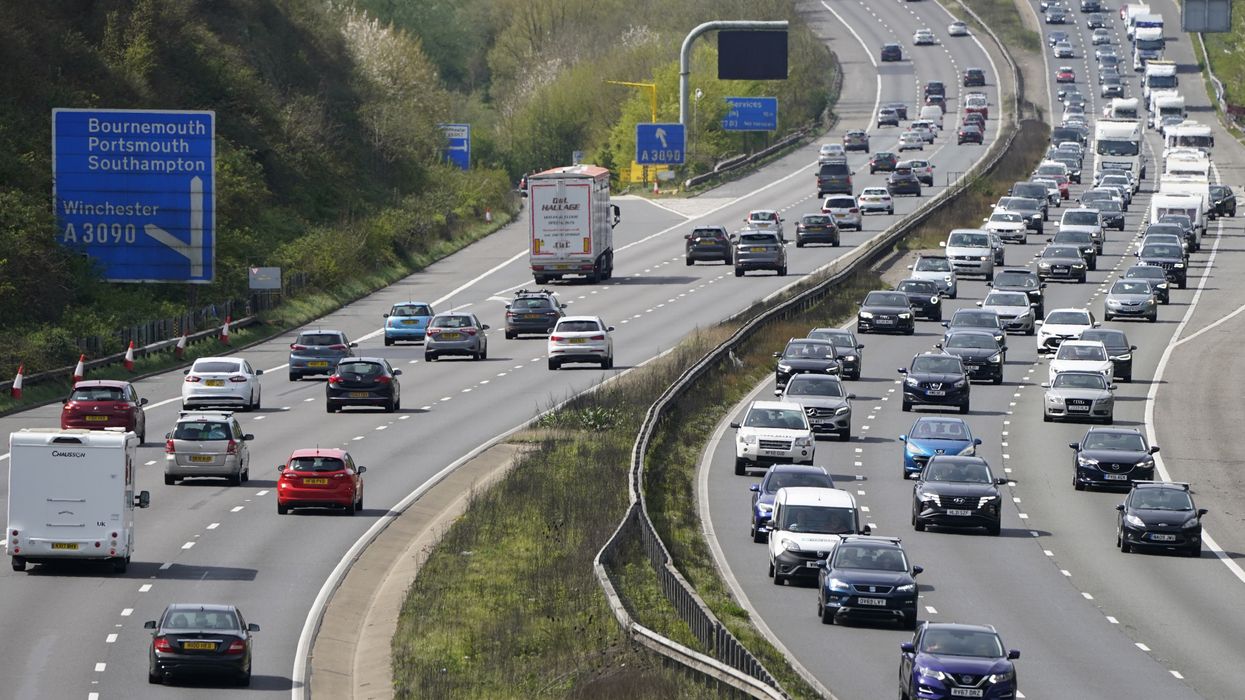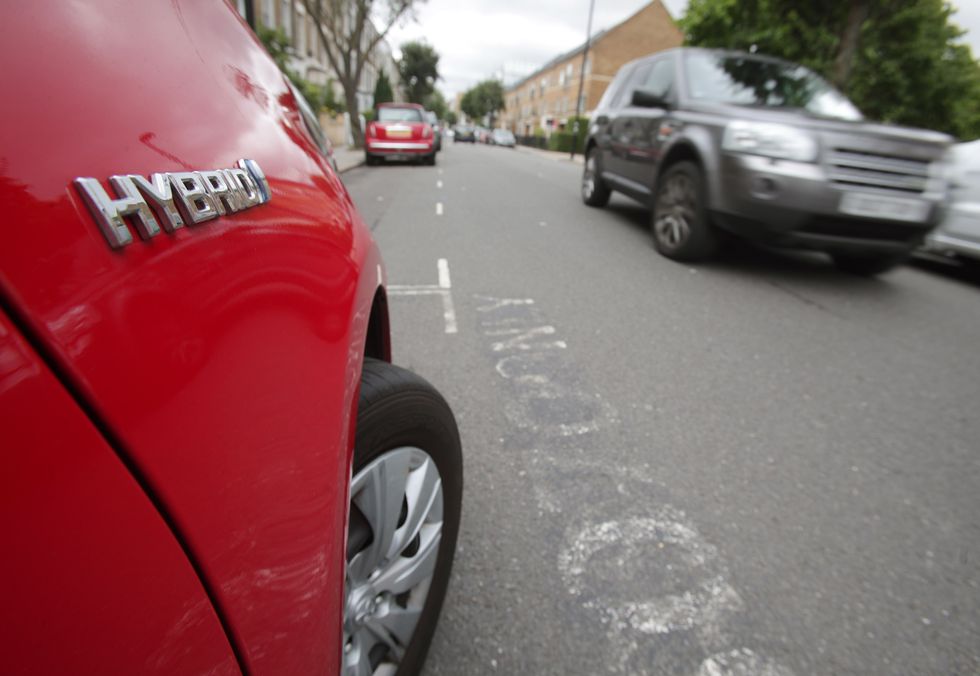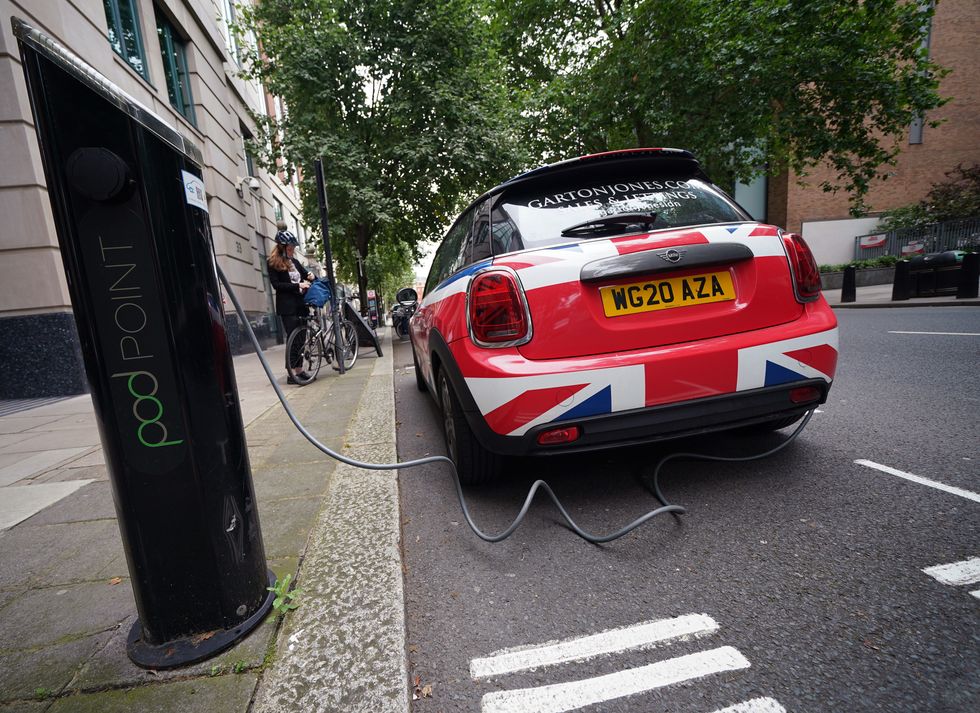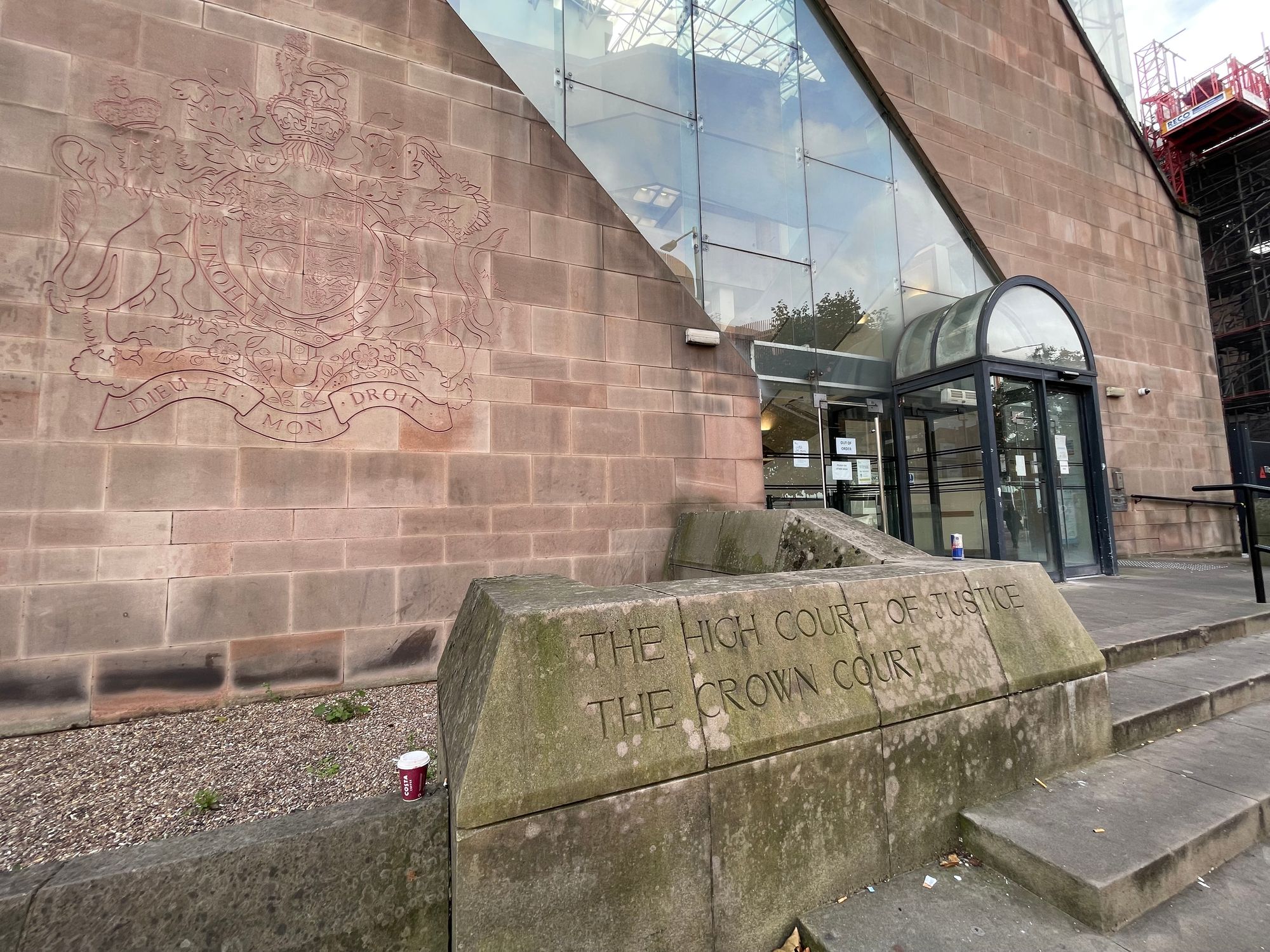2035 petrol and diesel car ban will be 'more difficult' to achieve with major issue unresolved

Sales of new petrol and diesel vehicles will be phased out in 2030
|PA

There are almost 50,000 public electric car charging points across the UK
Don't Miss
Most Read
Latest
There could be some difficulties in meeting phase out targets for internal combustion engine vehicles because of a lack of chargers around the UK, one expert has suggested.
The Government confirmed it would ban the sale of new petrol and diesel vehicles from the end of the decade in its goal to reach net zero emissions by 2050.
Between 2030 and 2035, the only emissions-producing vehicles that will be allowed for sale include those that have the capability to drive a significant distance with zero emissions.
From the second deadline, all new cars and vans must be fully zero emission at the tailpipe.

Sales of new hybrid cars will be banned from 2035
|PA
Michael Dean, Senior Autos Analyst at Bloomberg Intelligence, commented on the impending net zero targets and how things could change in the UK beforehand.
Speaking exclusively to GB News, he said: “It will be possible to meet the 2030 deadline to phase out pure ICE vehicles given most cars will be electrified in some way at that point.
“However, to meet the 2035 timeframe to be fully electric will be more difficult unless we have a vastly improved charging infrastructure.
“Not just for public charging, but for home charging and to ensure the electricity grid can cope with the increased demand.”
At the end of August 2023, there were a total of 48,450 public electric vehicle charging points around the UK, across more than 29,000 locations.
This represents a 42 per cent increase in the total number of chargers since August 2022, according to data from ZapMap.
While there were 2,713 new charging points installed over the last month, experts are still fearful about the number of chargers needed before the 2030 phase-out deadline.
Estimates have suggested that more than 300,000 public chargers will be needed in less than seven years, and despite massive investment from private companies and the Government, some industry leaders remain concerned.
There are believed to be more than 400,000 charging points installed at homes and workplaces across the country, with this number constantly growing.
When the Government initially announced the ban on new ICE vehicle sales from 2030, it claimed that a driver was never more than 25 miles from a rapid charger along England’s motorways and A roads.
Since then, billions of pounds have been invested into expanding the charging network to future-proof roads and communities.
There are still massive issues with regional disparities when it comes to EV chargers, with Greater London having almost 10,000 more chargers than Northern Ireland, Scotland and Wales combined.
LATEST DEVELOPMENTS:

London has the most EV chargers than any region in the UK
|PA
Greater London has a total of 34.1 per cent of all charging points in the UK with more than 16,500 chargers, with the South East of England, Scotland, the West Midlands and the East of England following the capital with the most chargers.










